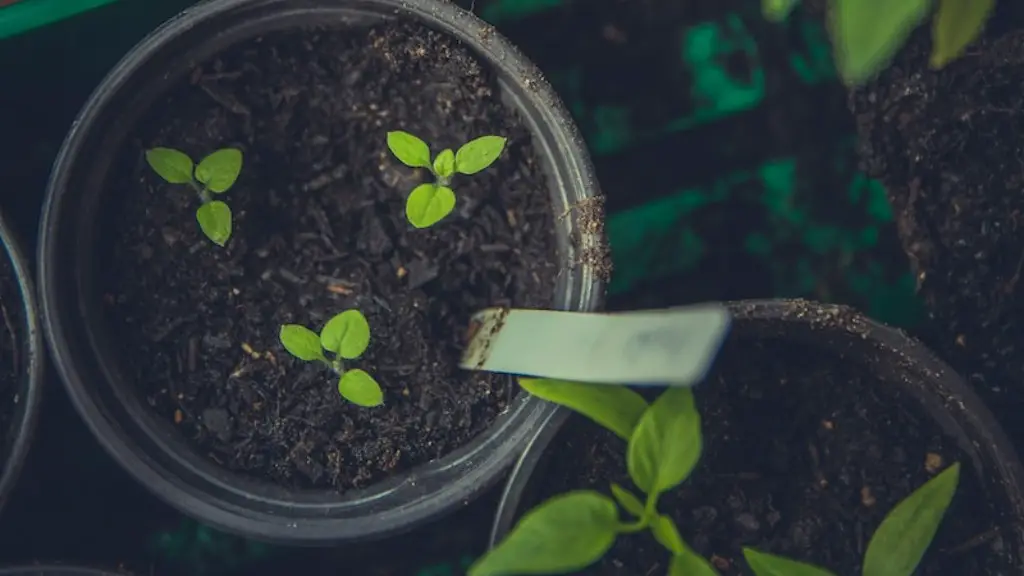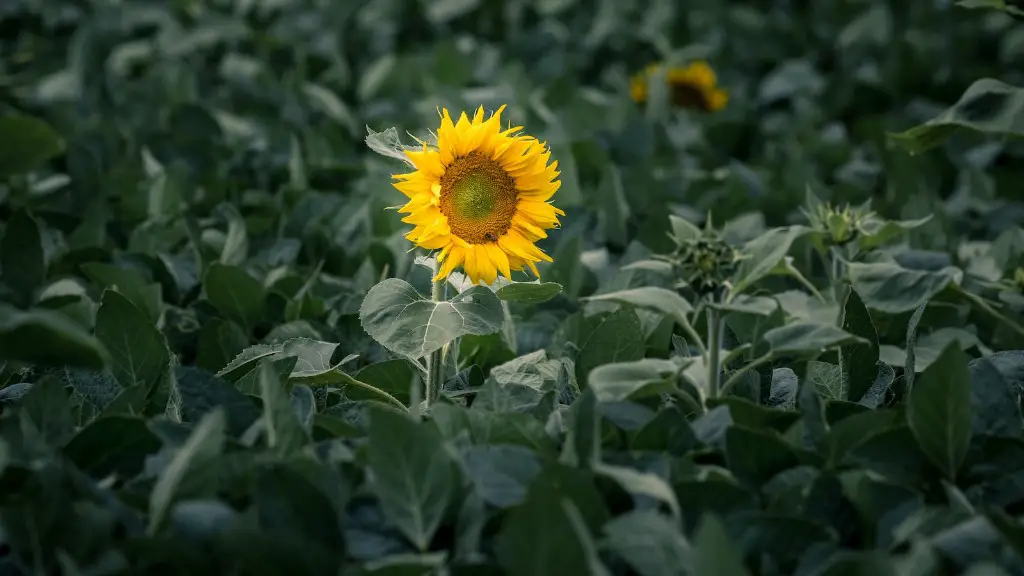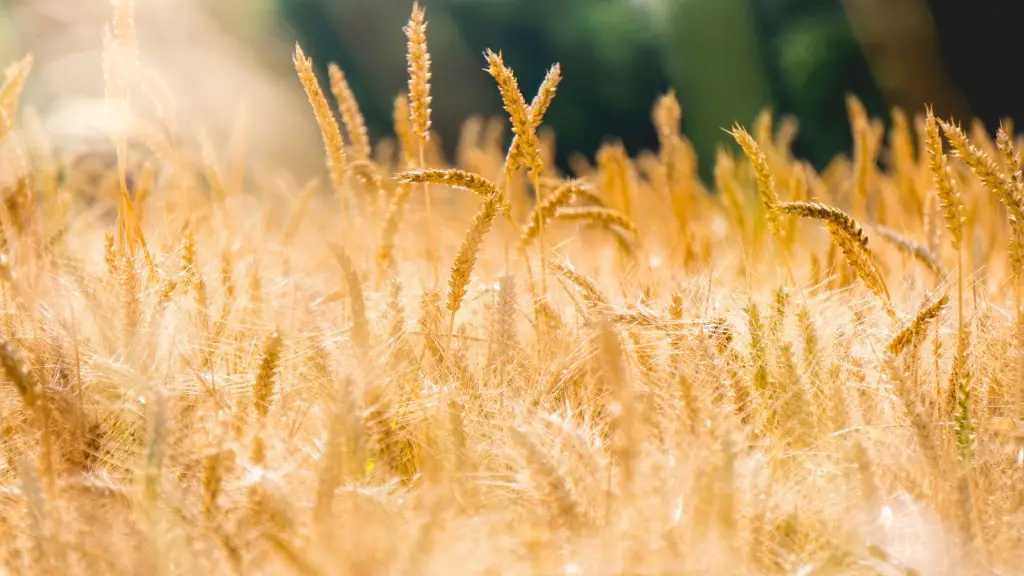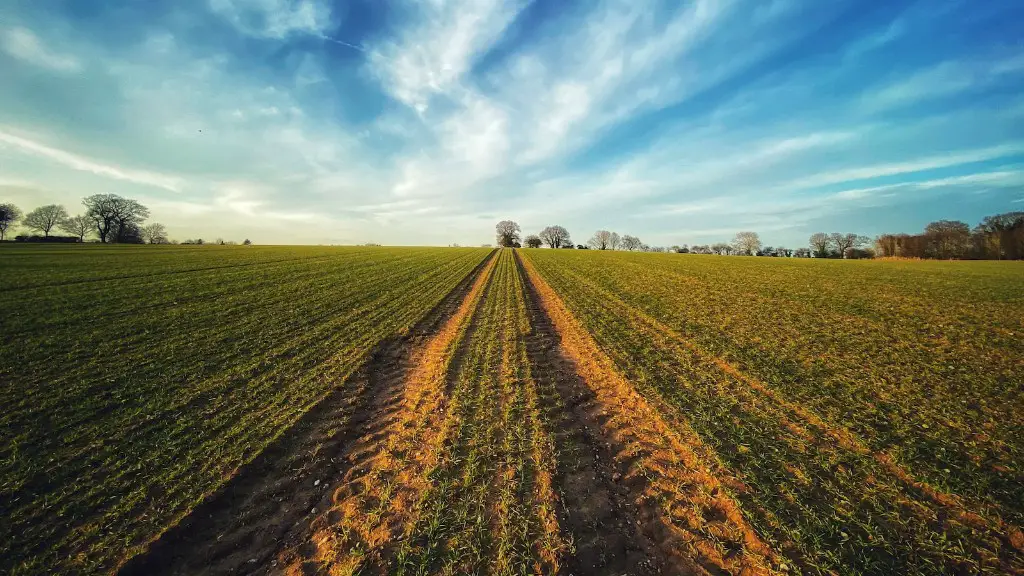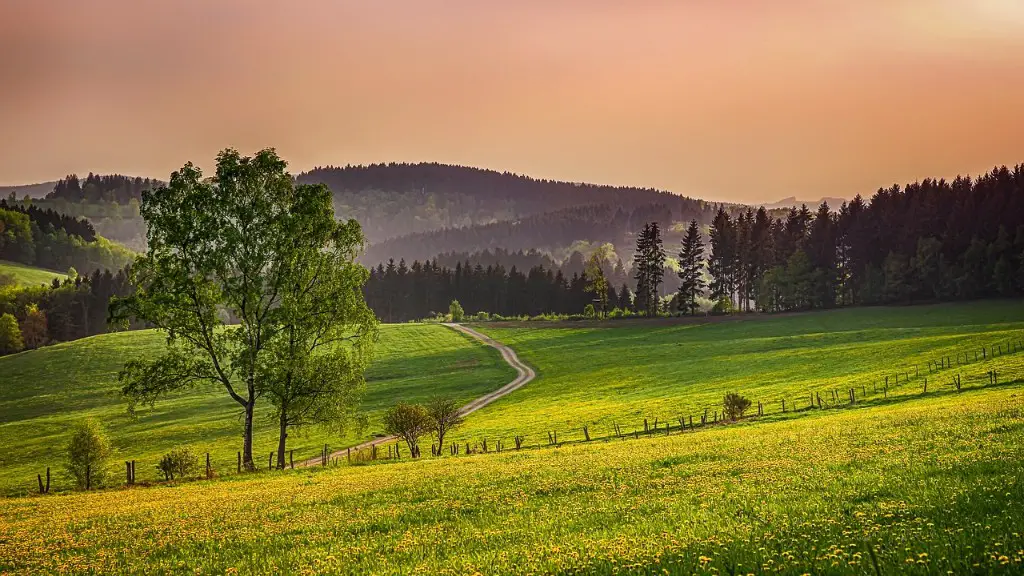Much of what we take for granted in our daily lives is heavily reliant on agriculture. The food we eat, the clothes we wear, and the cosmetics we use are all products of the agricultural industry. Even the fuel we use to power our cars and homes is derived from crops. With such a large impact on our lives, it’s important to understand how agriculture affects us on a day-to-day basis.
Agriculture affects your daily life in a number of ways. The food you eat comes from crops that are grown on farms, and the clothes you wear are made from fibers that come from plants. Agriculture also provides the raw materials for a number of industries, including paper and biofuels.
How did agriculture affect people?
While the agricultural revolution led to a huge increase in the global population, it also had a profound impact on the development of cities and civilizations. By providing a reliable source of food, agriculture allowed for the growth of cities and the development of complex civilizations. Additionally, the domestication of animals and the development of irrigation systems allowed for the growth of agriculture in arid regions, which further contributed to the expansion of human populations.
When early humans began farming, they were able to produce enough food that they no longer had to migrate to their food source. This meant they could build permanent structures, and develop villages, towns, and eventually even cities. Closely connected to the rise of settled societies was an increase in population.
Why is agriculture important to our lives
Agriculture is the world’s largest industry and employs more than one billion people. It generates over $13 trillion dollars worth of food annually. Pasture and cropland occupy around 50 percent of the Earth’s habitable land and provide habitat and food for a multitude of species.
Soil fertility loss, eutrophication of water bodies, deforestation, climate change and pesticide pollution are all environmental effects of agriculture. Soil fertility loss occurs when the nutrients in the soil are depleted, making it difficult for plants to grow. Eutrophication of water bodies occurs when there is an overabundance of nutrients in the water, which can lead to algae blooms and decreased oxygen levels. Deforestation occurs when trees are cleared to make way for farmland. This can lead to soil erosion, loss of habitat and climate change. Climate change occurs when greenhouse gases are released into the atmosphere, trapping heat and causing the Earth’s temperature to rise. Pesticide pollution occurs when chemicals used to kill pests end up in the environment, where they can harm plants, animals and humans.
What are three reasons agriculture is important to humans?
Agriculture is essential to human life. It provides food, clothing, and shelter. Agriculture helps people to enjoy a higher quality of life.
More abundant food supplies could support denser populations, and farming tied people to their land. Small settlements grew into towns, and towns grew into cities. Agriculture produced enough food that people became free to pursue interests other than worrying about what they were going to eat that day. This allowed for the development of civilizations and the advancement of human knowledge.
What is agriculture and its importance?
Agriculture is an ancient practice that dates back to the dawn of civilization. It is the science and art of cultivating plants and live stocks. Agriculture is practiced in many different ways around the world, and it plays a vital role in the economic and social development of many countries. Agriculture can be defined as the art and science of cultivating soil, producing crops and raising of animals for the benefit of humanity. Agriculture is a major source of food and other products for people all over the world. It is also a major source of income for many small farmers and rural communities.
Over the past few years, the agriculture, food, and related industries have been a major contributor to the US gross domestic product (GDP). In 2021, these industries contributed roughly $1264 trillion to the US GDP, which is a 54-percent share. The output of America’s farms alone contributed $1647 billion of this sum, which is about 07 percent of the US GDP. This shows that the agriculture, food, and related industries are a vital part of the US economy and play a significant role in its overall growth and prosperity.
What is the most important thing for agriculture
The use of modern machinery in agricultural lands has led to increased production of crops, which has in turn provided more raw materials to industries. This has had a positive impact on the economy, as industries have been able to meet increased demand and create more jobs.
The service sector is the backbone of any economy and it is growing day by day in India. The agriculture sector, on the other hand, is not doing so well. The sector has been steadily declining and it now constitutes only 14% of the total GDP. This is a matter of great concern as the sector is a vital part of the Indian economy. The government needs to take measures to revive the sector and make it more competitive.
Is agriculture still important today?
Most people don’t realize how important the agriculture industry is to our everyday lives. Agriculture is responsible for producing most of the world’s food and fabrics. It’s hard to imagine a world without this industry. Agriculture impacts so many things, from the food we eat to the clothes we wear. Without the agriculture industry, the world would be a very different place.
Agriculture is the foundation of civilization and any stable economy. Without agriculture it is not possible to have a city, stock market, banks, university, church or army. Agriculture is the backbone of the world economy and it is essential for human progress.
What are pros and cons of agriculture
The pros and cons of agriculture are numerous, but there are some clear advantages and disadvantages to consider.Pros: Lots of food; Less danger than hunting Cons: Conflicts over access to food supply; Weather might damage crops. One of the major pros of agriculture is that it has allowed humans to domesticated plants and animals, which has led to a more reliable food supply. This is a huge advantage, as it means that we don’t have to rely on hunting and gathering, which can be unpredictable. Agriculture has also allowed for the development of civilizations, as it has allowed for the development of artists, leaders, and scribes. One of the disadvantages of agriculture, however, is that it can lead to conflicts over access to the food supply. This is particularly a problem in times of drought or other natural disasters, when crops are damaged and food is scarce. Additionally, agriculture can be damaging to the environment, as it can lead to deforestation and soil erosion.
Agricultural contaminants, including pesticides, nitrates, and phosphorus, impact ground and surface water quality, affecting both urban and rural communities. Synthetic fertilizers deplete soil health and require intensive use of fossil fuels to produce. In addition, they can runoff into surface water, contaminate drinking water supplies, and cause harmful algae blooms.
Why is agriculture a problem?
Climate change, soil erosion, and biodiversity loss are increasing pressures on agriculture. Additionally, consumers are changing their tastes in food and are concerned about how it is produced. These pressures pose challenges for farmers who must adapt their methods to meet the demands of the changing world.
1. Small and fragmented land holdings: India has a large population and a huge demand for food. However, the land available for cultivation is limited and further divided into small holdings. This results in lower productivity as farmers are not able to invest in efficient farming practices.
2. Seeds, manures, fertilisers and biocides: The quality of seeds, manures, fertilisers and biocides available to Indian farmers is often poor. This results in lower yields and increased input costs.
3. Irrigation: Lack of irrigation facilities is a major problem faced by Indian farmers. This leads to lower yields as crops are often dependent on rainfall.
4. Lack of mechanisation: Indian farmers still rely heavily on manual labour for farm tasks. This limits productivity and increases costs.
5. Soil erosion: Soil erosion is a major problem in India due to the high rainfall and lack of trees. This results in lower soil fertility and productivity.
6. Agricultural marketing: Agricultural marketing is often inefficient in India. This means that farmers often do not get a fair price for their produce.
7. Scarcity of capital: Indian farmers often lack the capital needed to invest in efficient farming practices. This results in
What are the biggest challenges in agriculture
Environmental factors such as soil quality, water quality, climate, and terrain can have a big impact on farmers’ profits and productivity. For example, if the soil is not rich in nutrients, plants may not grow as well and yields may be lower. If the water quality is poor, crops may be stunted or damaged. And if the climate is too hot or too cold, plants may not thrive.
If we want to effectively address the triple challenge of feeding a growing population, providing a livelihood for farmers, and protecting the environment, we need to take a holistic approach and tackle all three issues simultaneously. This means working on initiatives that will have positive impacts on all three fronts, and not just focusing on one at the expense of the others. For example, we might need to focus on developing more sustainable and efficient farming practices, as well as on increasing access to education and training for farmers so that they can improve their productivity and profitability. At the same time, we also need to be working on increasing access to affordable, nutritious food for all, and on reducing our reliance on environmentally damaging practices such as deforestation. By taking a holistic approach and working on all three challenges at once, we stand the best chance of making sustainable progress in all of them.
Conclusion
While the average person in the United States may not think about agriculture very often, agriculture affects nearly everything in our daily lives. The food we eat, the clothes we wear, and even the furniture in our homes is likely the result of agriculture. In fact, agriculture is responsible for producing nearly all of the world’s food. Agriculture also plays a role in the economy and in the environment.
The role of agriculture in our daily lives is often underestimated. The food we eat, the clothes we wear, and the cosmetics we use are all products of agriculture. By understanding the origins of the products we consume, we can appreciate the importance of agriculture in our daily lives.
